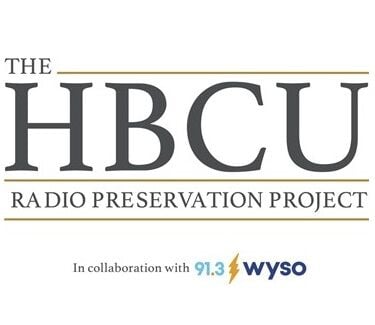Every Historically Black College or University that has a radio station in the country stands to benefit from a grant to WYSO, the public radio station licensed to Yellow Springs, OH, in the Dayton market. The Miami Valley Public Media station is receiving $5 million from the Mellon Foundation to support The HBCU Radio Preservation Project.
There are currently 104 HBCUs, and of those, 29 have active radio stations. In thirteen states and the District of Columbia, the stations are as diverse as HBCUs themselves: they are public/private, large/small, rural/urban, and range in geography from the Deep South to the Midwest, from the Eastern Seaboard to the Great Plains.
In 2019-2020, the WYSO Archives, received a modest grant from the National Recording Preservation Foundation for a project focused on surveying HBCU radio station, according to WYSO.
The survey project received widespread press and attention right before the pandemic hit; recommendations from the preliminary report became Phase I of what is now a larger preservation project.
Phase II of the HBCU Radio Preservation Pilot Project began July 1, 2021. Over the next year and a half, Phase II takes the data from the Phase I survey to inspire a collaboration between the WYSO Archives--with its experience developing and using historical college audio archives—and the Northeast Document Conservation Center (NEDCC) in Andover, MA, an important nonprofit preservation institution.
“Nearly a third of Historically Black Colleges and Universities (HBCU) have radio stations, and many went on the air during the Civil Rights era, fifty or more years ago,” says Project Coordinator Jocelyn Robinson. “Much of the material created at these stations during the struggle for equality and beyond is now at risk, as magnetic tape and other obsolete formats deteriorate. But we won’t know what needs preservation until we survey the content and conditions of the radio archives on HBCU campuses. What we discover could have enormous potential for podcasts, radio and film documentaries, and museum exhibitions, allowing students, researchers, media producers, and communities to remember, honor and be inspired by the voices of this important legacy.”

